-
 Launched a proposal to guarantee three years of public schooling for all children, who would then attend secondary school, and then university. Jefferson did not offer schooling to slaves or women.
Launched a proposal to guarantee three years of public schooling for all children, who would then attend secondary school, and then university. Jefferson did not offer schooling to slaves or women. -
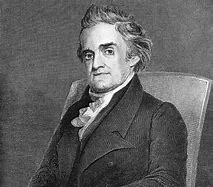 Named the "schoolmaster of America", Webster published a textbook designed to teach American students about the United States, it was called the Blueback Speller. The book included pronunciation techniques separate from the British language, and later developed into Webster's American Dictionary of the English Language.
Named the "schoolmaster of America", Webster published a textbook designed to teach American students about the United States, it was called the Blueback Speller. The book included pronunciation techniques separate from the British language, and later developed into Webster's American Dictionary of the English Language. -
The first Secretary of Education, who established common schools- schools free of charge where poor children could attend. He enforced teacher training, teacher regulation, state Bureaus of Education, and supported education for all kids in the northern states.
-
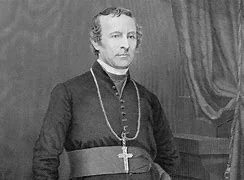 Sparked a protest in New York that claimed children deserve their own schools, demanding Public Schools Society make city funds available for Catholic schools.
Sparked a protest in New York that claimed children deserve their own schools, demanding Public Schools Society make city funds available for Catholic schools. -
 Following the protest were riots, citizens were outraged. Philadelphia Bible riots left 13 people dead due to controversy over the use of the Protestant Bible in public schools.
Following the protest were riots, citizens were outraged. Philadelphia Bible riots left 13 people dead due to controversy over the use of the Protestant Bible in public schools. -
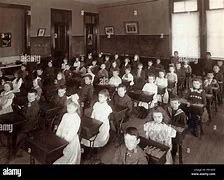 The United States was providing more school to more children via free tax supported education.
The United States was providing more school to more children via free tax supported education. -
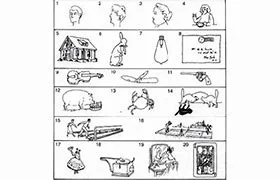 This federal law banned child labor. All states required school attendance up until age 16. Educators increasingly used the IQ test to track students, especially in big cities like Los Angeles.
This federal law banned child labor. All states required school attendance up until age 16. Educators increasingly used the IQ test to track students, especially in big cities like Los Angeles. -
Nava led a successful fight to ban IQ testing in LA schools. After World War 2, students were staying in school longer than ever before. This was memorable because previously, more than 50% of children said they would rather work in a factory than attend school.
-
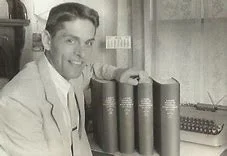 Julian Nava, a Mexican American, was elected as Board of Education in Los Angeles. His success defied educational odds of his time.
Julian Nava, a Mexican American, was elected as Board of Education in Los Angeles. His success defied educational odds of his time. -
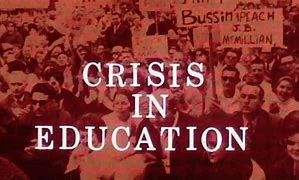 Former President of the United States, Ronald Reagan, proposed a declaration of learning crisis that would forever change America's perception of its schools. This declaration challenged basic ideas of public education.
Former President of the United States, Ronald Reagan, proposed a declaration of learning crisis that would forever change America's perception of its schools. This declaration challenged basic ideas of public education. -
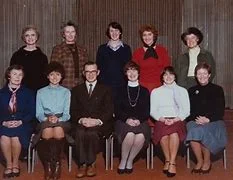 Educators required that all junior high students choose either an alternative school or a regular school. Also during this time period, schools that were failing were shut down which resulted in other educators being fearful of their schools- where students were leaving- also shutting down. This pushed educators to teach more concisely.
Educators required that all junior high students choose either an alternative school or a regular school. Also during this time period, schools that were failing were shut down which resulted in other educators being fearful of their schools- where students were leaving- also shutting down. This pushed educators to teach more concisely. -
The state of New York began allowing students to seek enrollment anywhere in the city. Parents could now take their children to school anywhere in the city. Many citizens did not take advantage of this and chose to stay put.
-
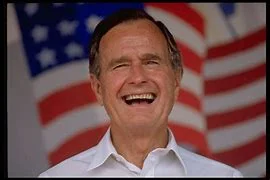 Bush called for vouchers- a controversial reform. Private schools would receive $2,500 from the state to put towards each choice student. People were outraged because this money could go towards funding public schools, which were not in the best conditions at the time, instead of private schools.
Bush called for vouchers- a controversial reform. Private schools would receive $2,500 from the state to put towards each choice student. People were outraged because this money could go towards funding public schools, which were not in the best conditions at the time, instead of private schools. -
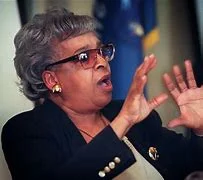 Polly Williams pushed George Bush's voucher bill through legislature despite controversy. As a result, this voucher introduced a choice between public or private school. Many parents were still upset.
Polly Williams pushed George Bush's voucher bill through legislature despite controversy. As a result, this voucher introduced a choice between public or private school. Many parents were still upset. -
The debate of church and state was introduced in legislature. This is still a topic of debate among American citizens today.
-
This law was passed to ensure that students with disabilities be attended to just as students without disabilities would be.
-
No Child Left Behind is a vital part of the history of education as it required individual states to implement a program of basic-skills assessments.